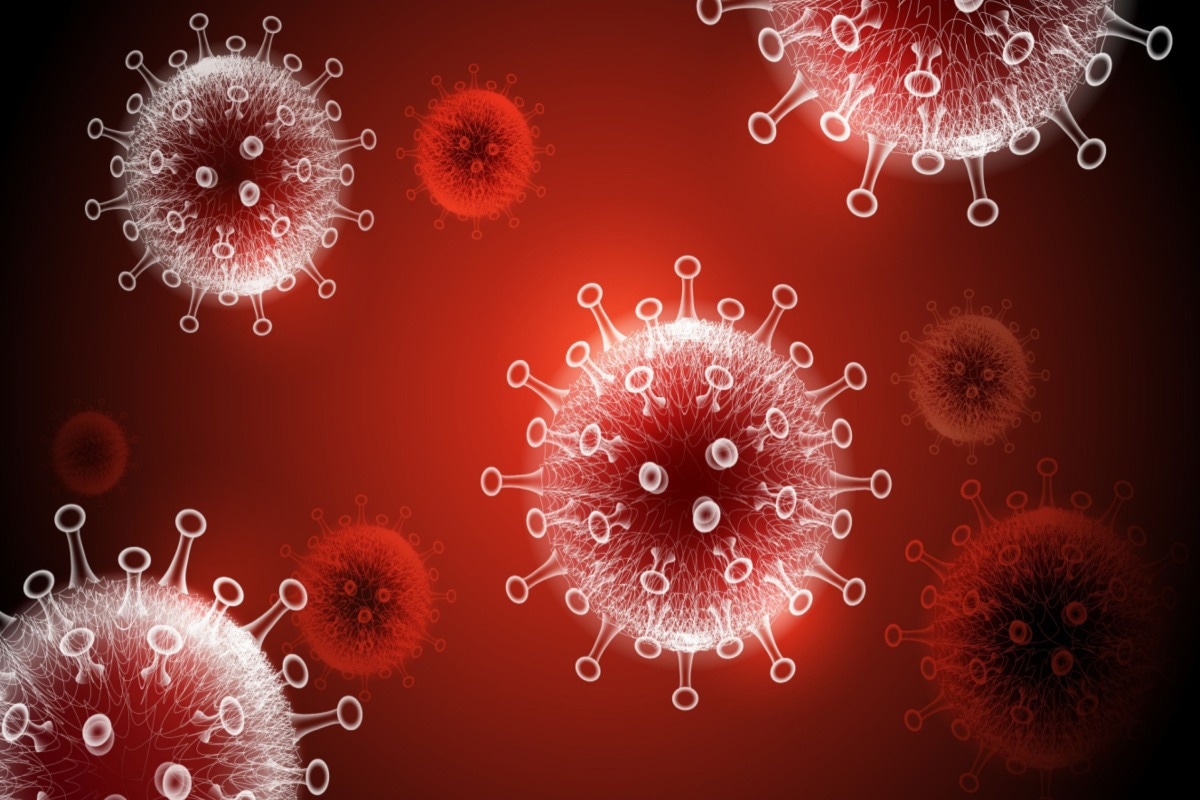In a recent study posted to the bioRxiv* preprint server, researchers evaluated the impact of double BNT162b2 messenger ribonucleic acid (mRNA) vaccination in recognition of severe acute respiratory syndrome coronavirus 2 (SARS-CoV-2) variants of concern (VoCs).
 Study: Double-dose mRNA vaccination to SARS-CoV-2 progressively increases recognition of variants-of-concern by Spike RBD-specific memory B cells. Image Credit: CKA/Shutterstock
Study: Double-dose mRNA vaccination to SARS-CoV-2 progressively increases recognition of variants-of-concern by Spike RBD-specific memory B cells. Image Credit: CKA/Shutterstock

 *Important notice: bioRxiv publishes preliminary scientific reports that are not peer-reviewed and, therefore, should not be regarded as conclusive, guide clinical practice/health-related behavior, or treated as established information.
*Important notice: bioRxiv publishes preliminary scientific reports that are not peer-reviewed and, therefore, should not be regarded as conclusive, guide clinical practice/health-related behavior, or treated as established information.
Background
Studies have reported that double coronavirus disease 2019 (COVID-19) vaccinations generate high titers of SARS-CoV-2 S-targeted antibodies (Ab), Bmem and T lymphocytes; however, VoCs with SARS-CoV-2 S receptor-binding domain (RBD) mutations can evade humoral immune responses.
Booster doses have been reported to enhance VoC recognition by Abs; however, it is not clear whether VoC recognition is enhanced due to higher Ab titers or due to the increased capacity of Ab binding to S RBDs.
About the study
In the present study, researchers evaluated the benefit of double BNT162b2 vaccinations on SARS-CoV-2 VoC recognition.
Healthy and SARS-CoV-2- naïve persons (n=30) without immunological or hematological diseases were enrolled in the study to assess their peripheral blood B-lymphocyte subsets between February and June 2021. Samples were obtained before the BNT162b2 vaccination, after three weeks of the first vaccination, and four weeks following the second vaccination.
Serum memory B lymphocytes (Bmem) counts and Ab titers were assessed using recombinant SARS-CoV-2 spike (S) protein RBDs of the Wuhan, Gamma, and Delta strains. Neutralizing Ab (NAb) titers were evaluated using 293T-ACE2 cells and SARS-CoV-2 pseudotyped viral assays. Further, the nature of RBD-targeted Bmem was examined based on the expression of cluster of differentiation (CD) 21, 27, and 71.
Enzyme-linked immunosorbent assays (ELISA) were performed to evaluate variant-specific S RBD antibody titers and the serum dilution needed for preventing 50% SARS-CoV-2 entry (ID50) values were ascertained. Flow cytometry (FC) was performed to evaluate Bmem counts. Immunoglobulin G (IgG) titers against SARS-CoV-2 nucleocapsid (N) protein RBD and S RBD were evaluated before and post the first and second BNT162b2 vaccination.
Results
In total, 28, 30, and 30 samples were obtained pre-vaccination, after three weeks of the first dose and after four weeks of the second dose, respectively. All the participants remained SARS-CoV-2-naïve throughout the study without anti-SARS-CoV-2 N antibodies. Most participants (n=22) induced NAbs after the first vaccination, and the NAb titers after the second vaccination had IC50 values >100.
Double BNT162b2 vaccination generated robust NAb responses among all study participants. Immunoglobulin G+ (IgG+) and IgM+ RBD-targeted Bmem were generated after the first vaccination, and IgG1+ Bmem counts increased after the second vaccination. Most RBD-targeted Bmem showed binding with Delta and/or Gamma VoCs, which increased significantly after the second vaccination.
The RBD-targeted Bmem compartment comprised mainly IgG1+ or IgM+ cells, and contrastingly, the total Bmem compartment comprised more IgG2+ cells and fewer IgG1+ cells compared to the RBD-targeted Bmem compartment.
After the second vaccination dose, RBD-targeted IgG1, 2 and 3-expressing Bmem populations expanded significantly, although the total Bmem lymphocyte compartment was unaltered.
The number of RBD-targeted IgG+ Bmem correlated positively with RBD-targeted serum IgG post first and second vaccinations. While two subsets of IgM+ Bmem lymphocytes (CD27+ IgM+ and CD27+ IgM+ IgD+) proportionally decreased after the second vaccination dose, the absolute cell counts were identical to those observed post the first vaccine dose. Taken together, BNT162b2 vaccinations particularly affected the antigen-targeted Bmem lymphocyte counts, and the production of IgG1-expressing Bmem lymphocytes was boosted after the second BNT162b2 vaccination.
CD27 was expressed by 95% of anti-RBD and IgG-expressing Bmem lymphocytes, the proportion of which did not differ between the initial and subsequent BNT162b2 vaccination. After the first vaccine dose, 15% of anti-RBD Bmem lymphocytes were CD21lo, the proportion of which was marginally but significantly lower (reduced to 10%) after four weeks of the second vaccination.
CD71 was expressed by 10% of anti-RBD Bmem lymphocytes after the first and second vaccination. In the total population of Bmem lymphocytes, the results after the first and second vaccination did not differ significantly, denoting the Bmem compartment stability. After four weeks of vaccination, anti-RBD Bmem lymphocytes exhibited a nature and resting Bmem lymphocyte immunophenotype.
Anti-Wuhan S RBD- IgG titers exhibited partial recognition of the Beta, Gamma and Delta VoCs with more prominent reductions for Gamma and Beta VoCs than for the Delta VoC. The second vaccine BNT162b2 dose significantly enhanced anti-Wuhan RBD antibody binding to Gamma and Beta VoCs; however, the neutralization potency of vaccine-induced NAbs against Gamma and Beta was lesser than for Delta.
Delta RBD and Gamma RBD were recognized by 50% and 70% of RBD-targeted Bmem lymphocytes after the first and second vaccinations, respectively, and the increase in VoC-recognizing Bmem counts was largely due to elevated IgG1+ Bmem counts.
Conclusion
Overall, the study findings showed that the second BNT162b2 vaccination elevated NAb titers and SARS-CoV-2 RBD-targeted Bmem counts and that double BNT162b2 vaccination was especially needed for Delta and Gamma VoC recognition. The findings indicated that the second vaccine dose improved S RBD-targeted Bmem counts and the Bmem affinity to overcome VoC mutations.

 *Important notice: bioRxiv publishes preliminary scientific reports that are not peer-reviewed and, therefore, should not be regarded as conclusive, guide clinical practice/health-related behavior, or treated as established information.
*Important notice: bioRxiv publishes preliminary scientific reports that are not peer-reviewed and, therefore, should not be regarded as conclusive, guide clinical practice/health-related behavior, or treated as established information.